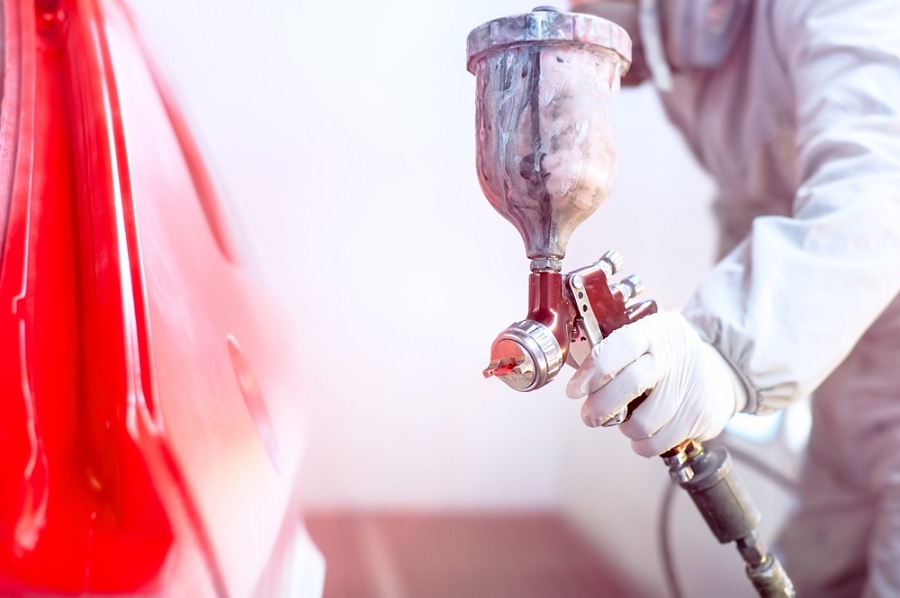Jul 13 2016
Automative body paint jobs have been given a huge boost from the rapidly emerging field of terahertz (THz) technology used to improve the precision and quality control of layered paint coatings.
 Image Credit: bogdanhoda | Shutterstock.com
Image Credit: bogdanhoda | Shutterstock.com
German researchers have created a novel approach for industrial applications of THz technology. The approach involves the theory that time-of-flight measurements of ultrashort THz pulses can be used to measure thicknesses of multi-layered paint coatings. It was possible to achieve a whole new precision level when measuring every single coating layer using the model developed by the researchers. The research findings can be found in the latest issue of Applied Physics Letters, from AIP Publishing.
The algorithm-informed computer model resolves the thickness of each paint layer within multilayered paint samples below 10 μm - 7 μm is typical - and sometimes under 4 μm when there are certain hindrances. This approach was developed by researchers from the University of Kaiserslautern and Fraunhofer Institute for Physical Measurement Techniques in Kaiserslautern.
A micron - also referred to as a micrometer - can be described as several times smaller than the diameter of a human hair or one thousand times smaller than a millimeter.
By introducing an advanced regression procedure with a self-calibration model, our approach presents a framework that takes into consideration real industrial challenges such as the effect of wet-on-wet spray in the painting process. This is important because the multi-layer car coating process is complex, and a new approach is needed to improve vehicle paint quality control.
René Beigang, Lead Researcher, University of Kaiserslautern
Non-ionizing radiation, which develops on the electromagnetic spectrum between infrared light and microwave energy waves, with frequency ranging between ∼0.3 THz and ∼10 THz, is used in THz technology.
THz energy is not visible to the naked eye, and is believed to be non-invasive and non-destructive. It also possesses several desirable industrial and analytical properties. It can penetrate a number of non-conducting materials and can pass through ordinary materials such as plastic, clothing, paper, and wood.
Due to its positive attributes and potential use in many disciplines, several research teams are already working towards harnessing it for use in a multitude of areas spanning from airport security checks to medical imaging.
The time trace of a characteristic reflected pulse reveals that there is a reflection from each interface between different paint layers, and from the front surface and substrate. The layer’s thickness can be determined from the time delay between consecutive reflected pulses.
By scanning the THz beam across the sample a 2D image of the layer thicknesses of each individual layer can be obtained.
René Beigang, Lead Researcher, University of Kaiserslautern
He added that traditional approaches for automotive paint thickness measurements are inadequate as the multi-step painting procedure is complex.
Normally, five layers of thin coatings, which includes zinc phosphate, e-coat, primer or filler, basecoat and clearcoat, are deposited on the surface of a vehicle.
“New possibilities to overcome these restrictions have been shown by terahertz radiation,” he said.
The results prove that this new approach is suitable for high accuracy measurement of every single paint coating on an assortment of materials, such as carbon-fiber-reinforced polymers and metallic substrates, and on dielectric substrates.
We believe our results with terahertz waves show we have successfully managed them to develop an extremely precise approach to help improve an industrial process involving multi-layered automotive paints.
René Beigang, Lead Researcher, University of Kaiserslautern